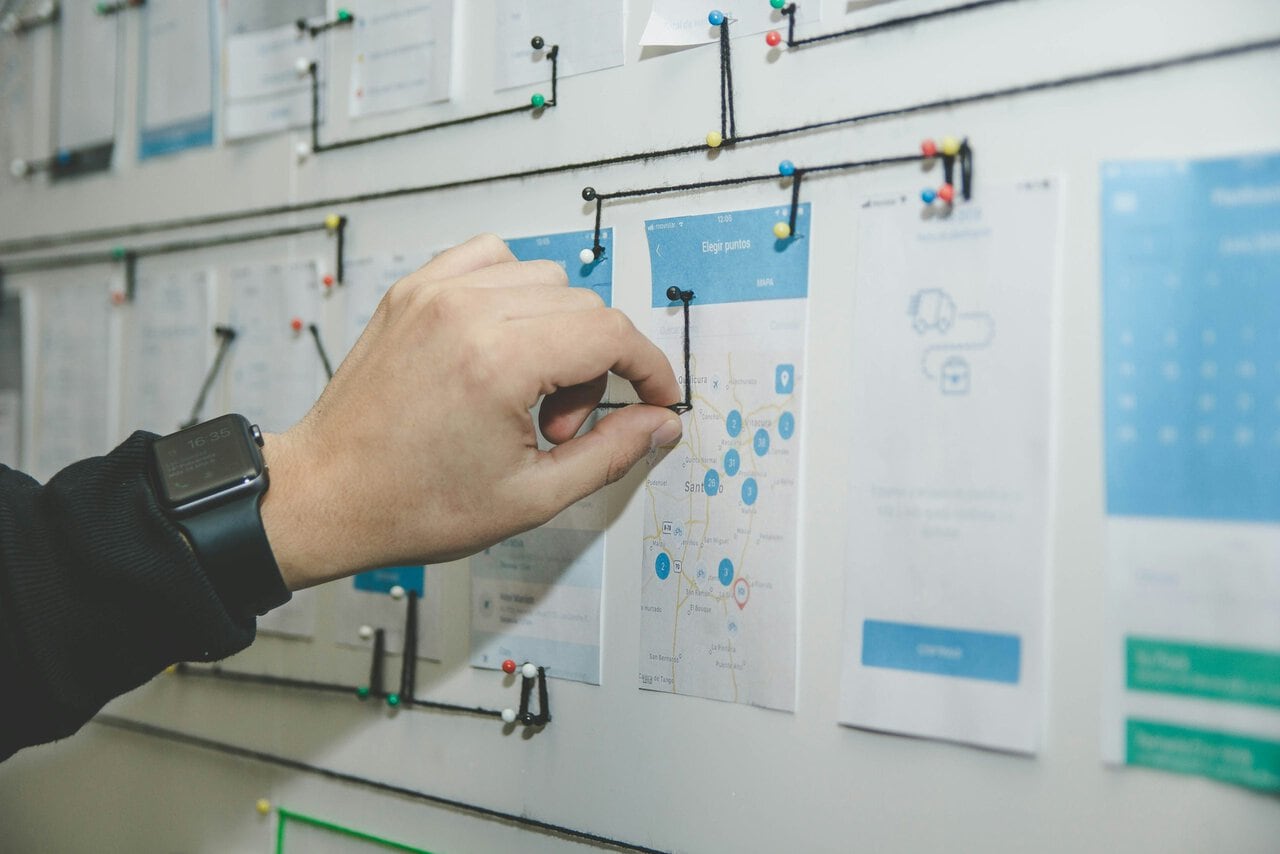Electronic Health Records (EHR) have revolutionized the way healthcare providers manage patient information, streamline workflows, and improve the quality of care. In addiction treatment facilities, implementing an EHR system can enhance efficiency, accuracy, and coordination of care for individuals seeking treatment for substance use disorders. In this article, we’ll explore the key steps and considerations for implementing an addiction treatment EHR, from selecting the right system to training staff and optimizing workflows.

-
Assess Your Facility’s Needs and Goals
Before embarking on the implementation process, it’s essential to assess your addiction treatment facility’s specific needs, goals, and workflow requirements. Consider factors such as the size of your facility, the types of services you offer, the volume of patients you serve, and any unique requirements or challenges you may face. Identify key stakeholders, including clinicians, administrators, IT staff, and support personnel, to ensure their input is incorporated into the implementation plan.
-
Research and Select the Right EHR System
Once you’ve identified your facility’s needs and goals, research and evaluate various addiction treatment EHR systems. Look for systems that offer comprehensive features tailored to the unique needs of addiction treatment, such as integrated assessment tools, medication management modules, treatment planning templates, and outcome tracking capabilities. Consider factors such as ease of use, scalability, interoperability with other systems, regulatory compliance, and vendor support when selecting the right EHR system for your facility.
-
Plan and Prepare for Implementation
Develop a detailed implementation plan outlining the steps, timelines, and responsibilities for deploying the EHR system in your facility. Establish a dedicated implementation team comprising IT staff, clinical experts, administrators, and end-users to oversee the process and ensure smooth transition. Allocate resources, including staff time, training materials, and technical support, to support the implementation effort effectively. Communicate with staff and stakeholders regularly to keep them informed and engaged throughout the process.
-
Customize and Configure the EHR System
Work closely with your chosen EHR vendor to customize and configure the system to meet your facility’s specific needs and workflows. Tailor the system’s templates, forms, and documentation tools to align with your facility’s treatment protocols, clinical practices, and regulatory requirements. Ensure that the EHR system is configured to capture essential data elements related to patient assessments, treatment plans, progress notes, medication administration, and outcomes tracking accurately.
-
Train Staff and End-Users
Provide comprehensive training to staff and end-users to ensure they are proficient in using the EHR system effectively. Offer both initial training sessions and ongoing support to address any questions, concerns, or challenges that may arise during the implementation process. Customize training sessions to meet the needs of different user groups, including clinicians, administrative staff, billing specialists, and support personnel. Encourage staff to actively participate in training sessions and provide feedback to improve the usability and functionality of the EHR system.
-
Conduct Testing and Quality Assurance
Before fully deploying the EHR system in your facility, conduct thorough testing and quality assurance to identify and resolve any issues or discrepancies. Test the system’s functionality, interoperability, and data integrity across different modules and user scenarios. Verify that data migration processes are executed accurately, and historical patient records are transferred seamlessly into the new system. Address any technical glitches, software bugs, or usability issues promptly to ensure a smooth transition to the new EHR system.
-
Monitor Progress and Continuously Improve
After implementing the EHR system, monitor its usage, performance, and impact on clinical workflows and patient care outcomes. Collect feedback from staff and end-users regarding their experiences with the system and identify areas for improvement or optimization. Track key performance indicators, such as adoption rates, documentation accuracy, patient satisfaction scores, and treatment outcomes, to measure the system’s effectiveness and identify opportunities for enhancement. Continuously engage with stakeholders, stay informed about industry trends and best practices, and leverage vendor support and resources to maximize the value of your addiction treatment EHR system.

Conclusion
Implementing an Electronic Health Record (EHR) system in addiction treatment facilities holds tremendous potential for improving patient care, enhancing efficiency, and supporting recovery efforts. By carefully assessing your facility’s needs, selecting the right EHR system, planning and preparing for implementation, customizing and configuring the system, training staff and end-users, conducting testing and quality assurance, and monitoring progress and continuously improving, you can successfully deploy an EHR system that meets the unique needs of your addiction treatment facility. Embrace the power of technology to transform addiction treatment and support individuals on their journey to recovery.
